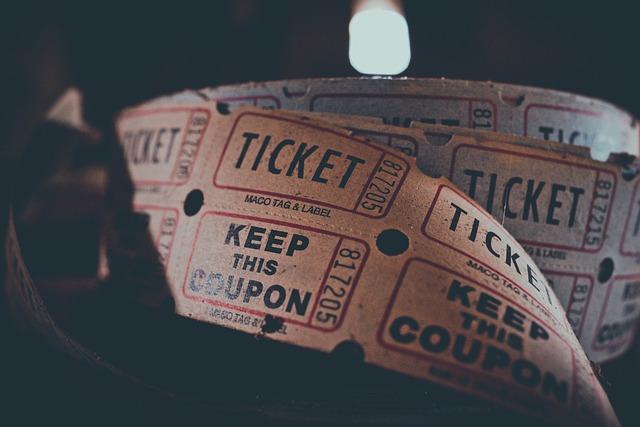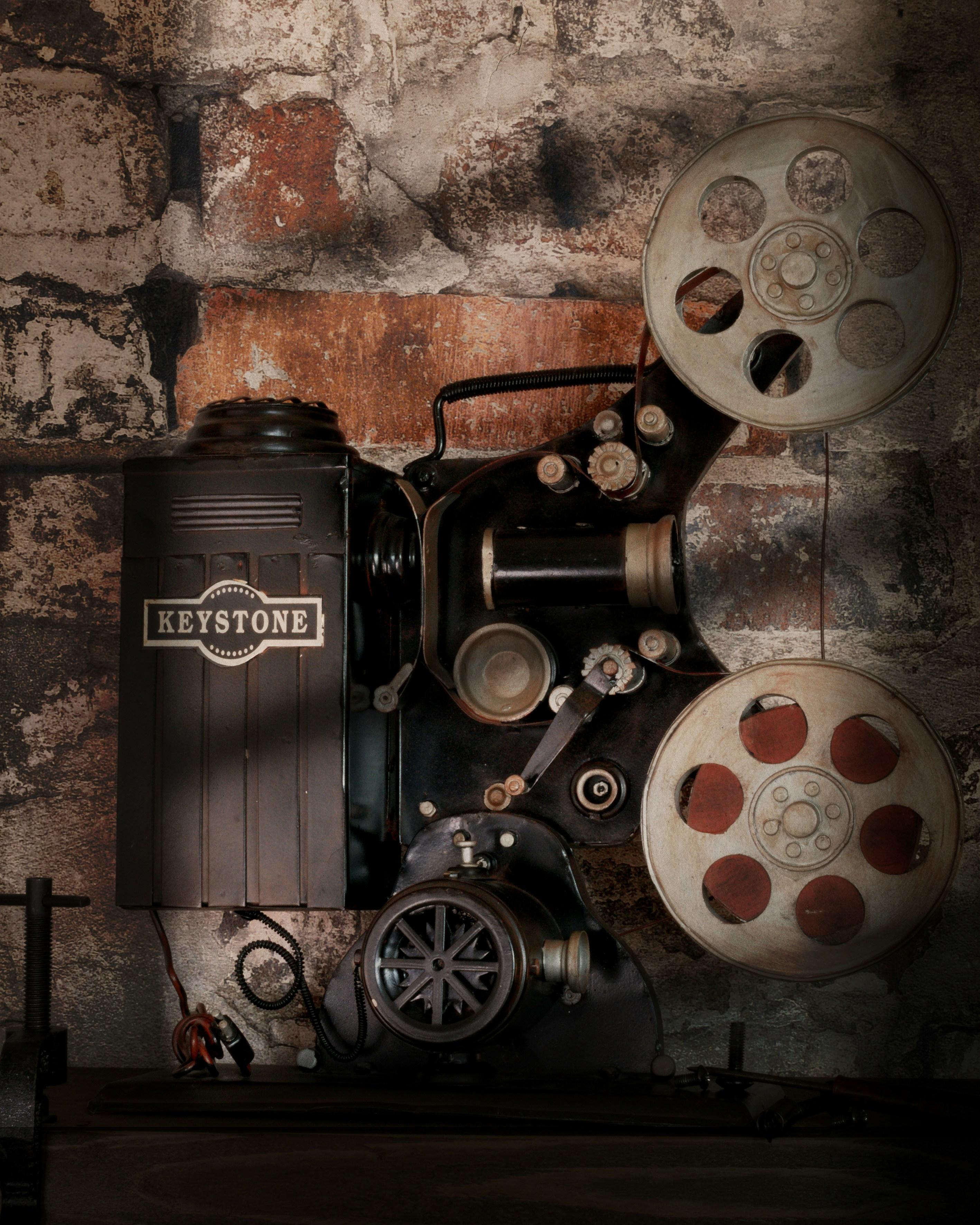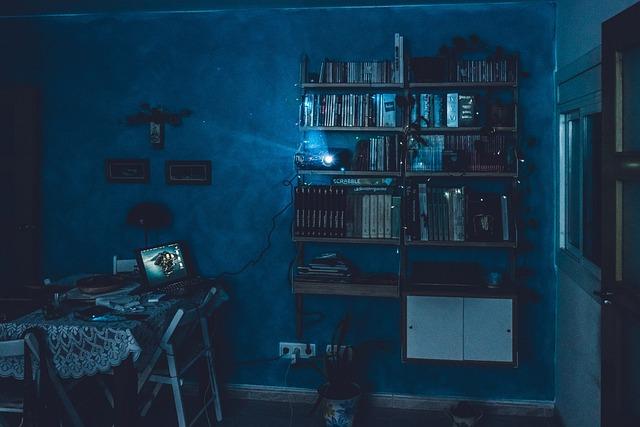In the ever-evolving landscape of cinema, classic films hold a revered place, celebrated for their artistry and enduring narratives. However, beneath their cinematic brilliance lies a complex tapestry of gender roles and stereotypes that reflect the societal norms of their time. This article delves into the intricate ways in which these beloved films may romanticize outdated gender dynamics, offering a critical lens on how they have shaped, and continue to influence, our understanding of gender. By examining iconic examples and their cultural impact, we aim to unravel the nuanced interplay between nostalgia and progress, questioning whether these films are timeless treasures or relics of a bygone era.
Examining Gender Dynamics in Classic Cinema
Classic cinema often serves as a window into the societal norms and values of its time, particularly in how it portrays gender roles and stereotypes. Many films from Hollywood’s Golden Age, for example, frequently depict women in domestic roles, highlighting their dependence on male characters. This portrayal not only reflects the cultural milieu of the era but also reinforces a narrative where women are valued primarily for their beauty and nurturing abilities. Meanwhile, male characters are often portrayed as assertive, dominant, and career-driven, reinforcing a dichotomy that limits the scope of identity for both genders.
- Female Characters: Often depicted as passive, nurturing, or in need of rescue.
- Male Characters: Frequently shown as strong, independent, and career-focused.
- Romantic Relationships: Typically emphasize male pursuit and female submission.
While these films undeniably offer a nostalgic charm and artistic merit, their depiction of gender roles invites critical examination. The romanticization of such outdated stereotypes may contribute to their perpetuation, subtly influencing audience perceptions even today. This calls for a nuanced understanding of how these portrayals shape and reflect societal values, encouraging viewers to engage with these films with both appreciation and critical awareness.

Analyzing the Impact of Stereotypical Portrayals
Classic films often serve as cultural artifacts, reflecting and reinforcing the norms of their times. However, these cinematic treasures frequently depict gender roles and stereotypes that, by today’s standards, seem outdated. The portrayal of women as damsels in distress, men as unemotional providers, or the idealization of the nuclear family can have a lasting impact on societal perceptions. Such representations not only mirror the historical context but also perpetuate a cycle of limited and often harmful gender expectations.
These stereotypical portrayals can lead to several consequences:
- Normalization of Inequality: By romanticizing unequal gender dynamics, classic films can desensitize audiences to disparities in power and opportunity.
- Influence on Identity Formation: Individuals may internalize these stereotypes, shaping their self-perception and limiting personal growth.
- Resistance to Change: The enduring popularity of these films can slow societal progress by valorizing traditional roles and discouraging more equitable portrayals.
Unpacking the Influence on Modern Gender Perceptions
Classic films have undeniably left an indelible mark on modern gender perceptions, often serving as a mirror reflecting the societal norms of their time. These cinematic pieces frequently romanticize traditional gender roles, portraying women as passive, nurturing figures and men as dominant providers. Such portrayals have subtly influenced contemporary views, leading to a perpetuation of stereotypes that can still be seen today. As audiences consumed these narratives, they absorbed the implicit messages about what was deemed ‘appropriate’ behavior for each gender, reinforcing a binary perspective that lingers in modern media.
- Heroic Men and Damsel-in-Distress Women: Many classic films depicted men as saviors and women as helpless, reinforcing a dynamic of dependency.
- Gendered Occupations: Women were often shown in domestic roles, while men occupied positions of power and influence, subtly dictating career aspirations.
- Emotional Expression: Emotional vulnerability was typically reserved for female characters, while male stoicism was celebrated, influencing expectations of emotional expression.
While these films remain beloved for their artistry, it’s essential to critically assess their impact on gender perceptions. By understanding these influences, we can better navigate and challenge outdated stereotypes in modern storytelling.

Strategies for a More Inclusive Cinematic Legacy
To cultivate a more inclusive cinematic legacy, it’s essential to reimagine storytelling frameworks that have long perpetuated outdated gender roles and stereotypes. Filmmakers can start by integrating diverse voices at every stage of the creative process. This means involving women and underrepresented groups not just in front of the camera, but also in writing, directing, and producing roles. By doing so, the industry can foster narratives that reflect a broader spectrum of human experiences.
Moreover, there is a need to reassess and reinterpret classic films through a contemporary lens. This can be achieved by:
- Restorative Remakes: Crafting new versions of classic films that challenge and subvert the original gender norms.
- Contextual Discussions: Including prefaces or discussions that provide historical context and critique the gender dynamics portrayed.
- Diverse Casting: Prioritizing inclusive casting choices that reflect the multifaceted nature of modern society.
By implementing these strategies, the cinematic world can evolve to represent a more equitable and inclusive reality, while still honoring the artistic achievements of the past.

